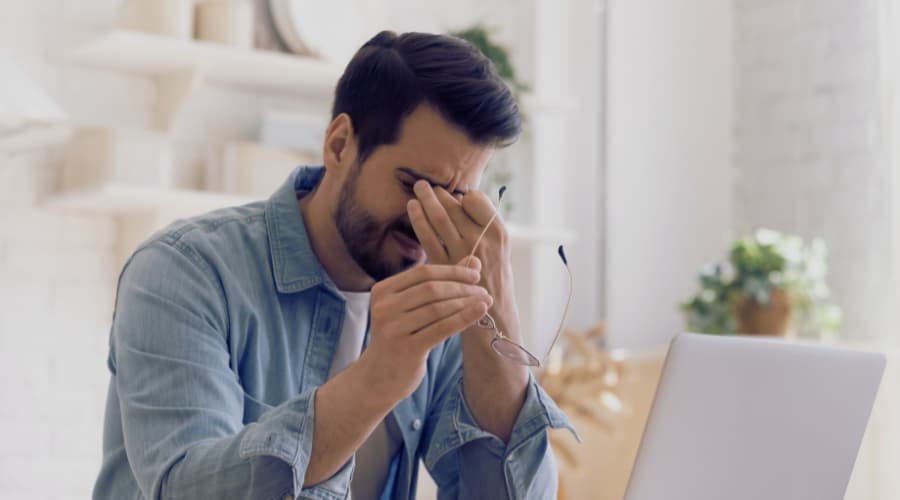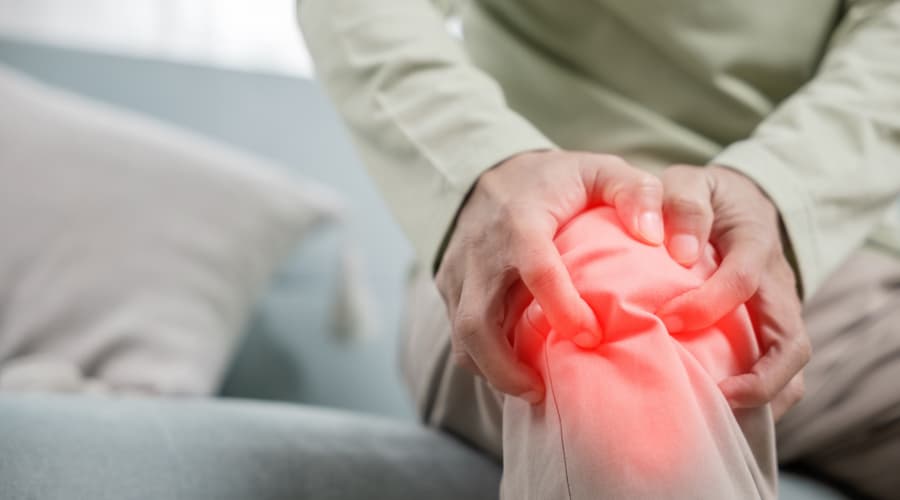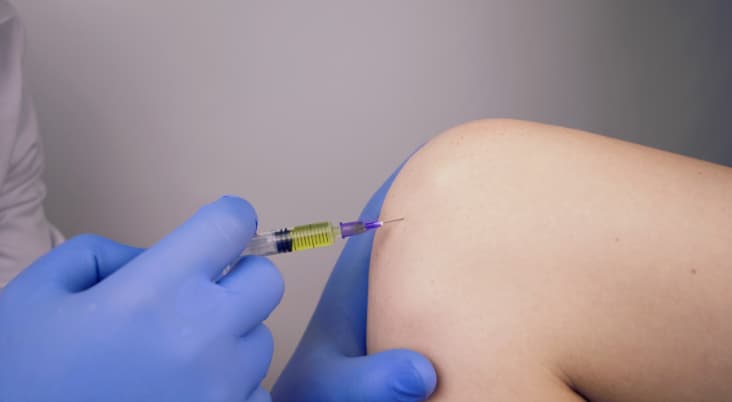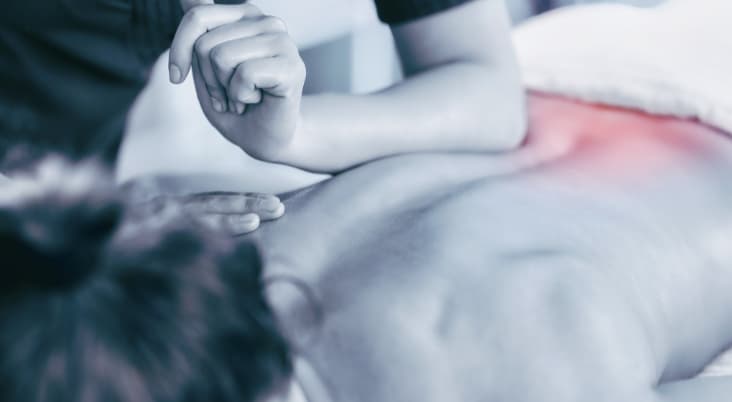Pudendal Neuralgia is a long-term pelvic pain caused by damage or irritation of the Pudendal nerve, a major nerve in the pelvis. The Pudendal nerve runs between your pubic bone and your tailbone. Other nerves which can lead to pelvic nerve pain are; Iliohypogastric nerve, Ilioinguinal nerve, and the Genito-femoral nerve. When your nerves face a significant trauma or repetitive trauma, they tend to be irritated, whereby the nerves become sensitive to pain. When your nerve is pinched temporarily, long-term complications might not occur; however, permanent damages can occur, causing chronic pains.
Causes of Pudendal Neuralgia
Some of the possible causes of Pudendal Neuralgia include;
Injuring the groin area
Injuring your pelvic, upper leg bone, straining a muscle can lead to a pinch on your groin nerves. Injuries from groin swelling and inflammation can also cause nerve pinching, which leads to Pudendal Neuralgia.
Being overweight or obese
When one is overweight, pressure from standing or walking around can cause pinching of your nerves around the groin area.
Medical conditions
Some medical conditions can lead to compression or damage to your nerves. These conditions include; diabetes and meralgia paresthetica.
Wearing tight and heavy clothes
Tight clothes might bring about some problems as you move around. Tight clothes tend to squeeze your groin, which can pinch nerves around the groin area. This action pinches the nerves around your groin area.
Being pregnant
For women, as your uterus expands to accommodate your infant, tissues around it are pushed, which can cause pinching of nearby nerves. With your baby growing in the uterus, the excess pressure may be applied to the groin leading to pinched nerves, which lead to Pudendal Neuralgia.
The Pudendal nerve is associated with supplying areas which include; Lower buttocks, the perineum, which is the area between the buttocks and genitals, scrotum and penis, vulva and clitoris, and the area around the rectum and anus.
Symptoms of Pudendal Neuralgia
The main symptom associated with Pudendal Neuralgia is pelvic pain. When the pelvic nerve pain is damaged, some of the common symptoms that present themselves are;
Pain
Pain caused by movement is expected. This pain is expected when sitting, during intercourse, and when urinating. Pain in the area touching a bicycle seat is also common. The pain can be felt in the abdomen as well as external sexual organs.
Feeling of swelling in your perineum
Swelling is associated with a feeling of a golf-like ball in your perineum due to the swelling of the area.
Loss of muscle strength
The affected area’s muscles may be weakened due to the damaged Pudendal nerves as one makes movements.
Paresthesia
Paresthesia is a pain associated with pins and needles causing an unfriendly sensation.
Numbness in groin
In some cases, one may feel a numbness in the groin area or your upper thighs getting numb.
Loss of sensation
When your groin nerve is pinched, sensation in areas where the nerve supplies with impulses may get lost, in some cases, the concerned areas appear as if they were asleep.
Diagnosis
When getting help from a health care professional, tests are conducted on the musculoskeletal functions of your legs and pelvis.
Some of the standard tests done include:
Vaginal/Rectal exam
This exam involves your doctor applying pressure to the Pudendal nerve to assess any pain experienced.
MRI scan
Your doctor may call for an MRI scan when checking for trapped Pudendal nerve to identify the cause of your pain.
Nerve studies
When checking how well your nerves function, doctors may insert a device into your rectum which stimulates nearby nerves to check how well they function.
Nerve block injections
This includes injecting pain-killing medication around the affected nerve to check if the pain experienced improves.
In some cases, a pinched nerve may be confused with muscle spasm. Pain concerned with muscle spasms ranges from being mild to being severe in certain instances. A damaged nerve can cause muscle spasms though other causes lead to muscle spasms.
Treatment for Pudendal Neuralgia
Medicines to alter the pain
In some instances, typical pain medication might not work. There is some particular medication for nerve pains that can be taken to subdue the pain experienced.
Physiotherapy
Seeking help from a physiotherapist helps one with exercises that relax your pelvic muscles and other muscles that irritate the Pudendal nerve.
Nerve stimulation
Nerve stimulation involves implanting a small device under the skin that delivers mild electrical impulses to the nerve and interrupts pain signals sent to the brain.
Decompression surgery
When a foreign object pressures the Pudendal nerve, surgery to remove the piece of tissue pressing the nerve can help to reduce the pain experienced.
Pain-killing injections
When one gets injected with a local anaesthetic and steroid medication, pain experienced may be relieved for a certain period.
Avoiding things that make the pain worse
Activities such as cycling or even sitting for long periods may cause some pain in the nerve. Using a cushion when sitting may assist in reducing the pain experienced.
Osteopathy
Osteopathy is a way to detect, treat, and prevent health problems by massaging and stretching affected muscles and joints. Irritation on the pudendal nerve sometimes can be due to tension on the ligaments of sacroiliac joints through which the pudendal nerve travels. Visiting an osteopath will help in managing your movements to reduce irritability on the nerve.
Acupuncture
This practice involves inserting thin needles at strategic points on your body. Acupuncture is a traditional approach that is an excellent alternative to avoid medication associated with pain from pudendal Neuralgia.
Support and yoga for pelvic pain
Some of the established support centres provide you with holistic care for pudendal Neuralgia and connect you with others experiencing the same problem. Some of the discussed topics equip you with pain management tactics and new advances in managing pain experienced when one has pudendal Neuralgia.
Conservative Management
The main concern with pudendal Neuralgia is reducing pain caused by irritation of the pudendal nerve. Some instances require you to modify your life around the pain, thus making the condition easier to manage. Some of the lifestyle applicable changes include; bowel and bladder management to avoid straining when emptying your bowel, thus stretching your nerves. Sitting modification to avoid applying too much pressure on your perineum prevents compression of your nerve—avoiding physical activities that irritate the concerned nerve and trigger pain on the concerned nerve.
Home remedies
Some of the home remedies one can apply to reduce the pain or stop pain caused by a pinched nerve are; rest which reduces pressure on the concerned nerve—wearing loose clothes. Trying to lose extra weight, which adds some excess weight on the groin nerves—using a cold pack to reduce swelling on the groin area. One can use a standing desk to relieve pressure on your hips and groin, thus, in turn, preventing nerve pinching. Over-the-counter pain medications can be used to suppress the pain.
Stretches
When experiencing a pinched nerve on your groin, partaking in some stretches may turn out to be fruitful. These stretches include outer hip stretches and piriformis stretches.
When one experiences pain on your pelvic nerve coping with the condition is somewhat hectic. Some of the common coping mechanisms include; keeping a pain journal which denotes the instances you experience pain. The journal can help your doctor give a diagnosis and keep you in a good mental state as you write down all your experiences. Secondly, learning how to relax oneself is essential. Stress can cause pain experienced to intensify, leading to distress. Knowing how to relax and reduce stress levels is of great help.
Sometimes a pinched nerve may go away on its own with home-based care and preventive measures. However, if the pain persists, it is always wise to visit your doctor for further treatment.
Related Articles
- Nerve Pain in Hip: Symptoms & Treatment
- How To Relieve Pain From a Trapped (Pinched) Nerve
- Back Exercises for Trapped Nerve
- Chiropractor or Osteopath for a Trapped Nerve or Sciatica
- Sitting Comfortably with Sciatica




























